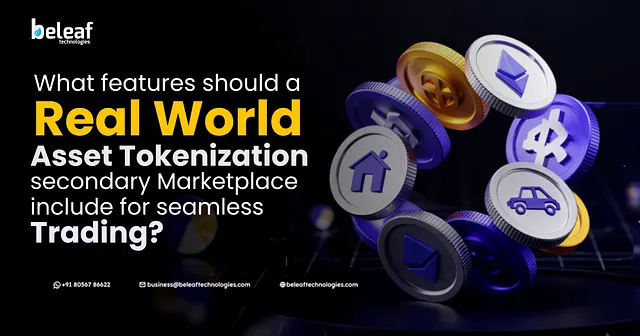Bitwise CIO Matt Hougan argues that crypto’s valuations make sense
In a thread on X, Matt Hougan explained that the large valuations of cryptocurrencies make sense when compared to the massive markets they aim to disrupt.
Following surprise from the cryptocurrency community at Bitcoin’s multitrillion-dollar valuation, Bitwise’s CIO took to X to explain the large markets that crypto assets are competing for.
Bitcoin and gold are actually peers
According to Bitwise Chief Investment Officer Matt Hougan, one of the most common mistakes crypto skeptics make is underestimating the size of the market digital assets are competing for.
In a recent thread posted on X and a client memo, Hougan argued that Bitcoin’s $2.3 trillion valuation, while surprising to many, is rooted in its competition with the gold market, which is worth more than $25 trillion.
Hougan illustrated this point with a simple analogy. “Imagine you had two startups,” he wrote. “One trying to disrupt Amazon and the other trying to disrupt gold. To be worth $2.3 trillion, the Amazon disruptor would need to take 100% of the market. The gold disruptor only needs 10%.”
Hougan believes that this helps explain why Bitcoin has grown into one of the largest financial assets on the planet despite lacking the daily-use functionality of companies like Amazon. Instead, Bitcoin’s value rests on its role as digital gold.
“Market sizing is everything,” Hougan said. “When you realize Bitcoin is going after gold, suddenly its valuation makes more sense.”
Larger markets for Ethereum and Solana
On the other hand, Ethereum and Solana are targeting markets that are even larger than gold. These blockchains are the foundations of the issuance, trading, and settlement of stablecoins and tokenized assets, which are all sectors linked to the enormous global payments and capital markets.
Estimates from SIFMA and Savills place the combined value of global stocks, bonds, and real estate at $665 trillion. McKinsey, meanwhile, estimates that the global payments industry handles 3.4 trillion transactions worth $1.8 quadrillion each year. Meanwhile, Ethereum and Solana are currently valued at around $500 billion and $100 billion, respectively.
Hougan concluded his 13-part thread by pointing out the advantageous position the cryptocurrency industry has to target some of the largest and most important markets in the world. He also highlighted the risks that come with it.
Tether, the world’s leading stablecoin issuer, now counts more than 400 million users worldwide, growing by about 35 million wallets per quarter, according to its CEO, Paolo Ardoino. The company holds over $127 billion in U.S. Treasurys, placing it among the top 20 holders globally, alongside sovereign nations like Saudi Arabia and Germany.
Hougan stated that Tether’s dominance in non-Western markets positions it for potentially historic profitability. If adoption in emerging markets accelerates and USDT manages trillions in assets, Tether’s annual profits could surpass those of Saudi Aramco, which reported $120 billion in 2024. With just under 200 employees, Tether generated around $13 billion in profit last year.
“This is why Tether is seeking a $500 billion valuation,” Hougan said. “It may sound absurd compared to companies like SpaceX or OpenAI, but the market it’s targeting is unimaginably large.”
Hougan admitted that a majority of projects will fail, and he even predicted more billion-dollar collapses in crypto than in any other industry. Yet those failures, he argued, will be outweighed by projects that become bigger than anything seen in traditional tech.
Sharpen your strategy with mentorship + daily ideas - 30 days free access to our trading program
You May Also Like

CME to launch Solana and XRP futures options on October 13, 2025

Bitcoin Hyper Presale Breaks $18M While Bitcoin Core v30 Upgrade Divides the Community
